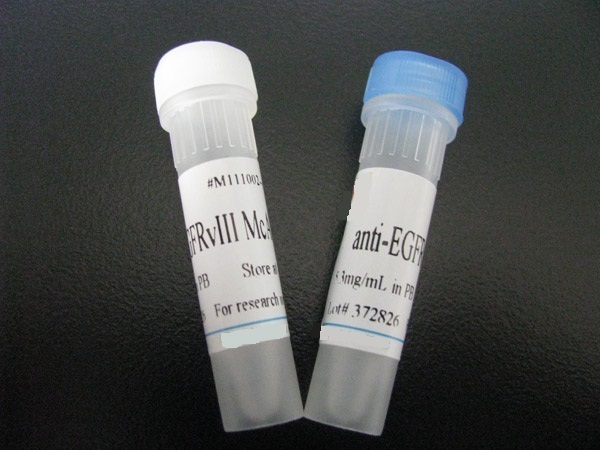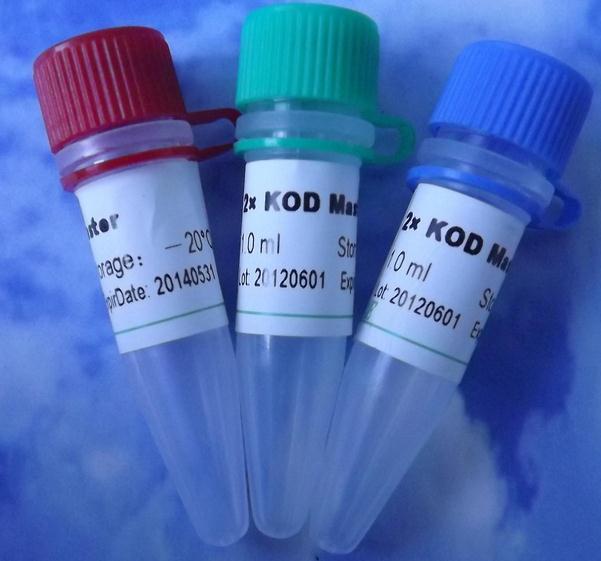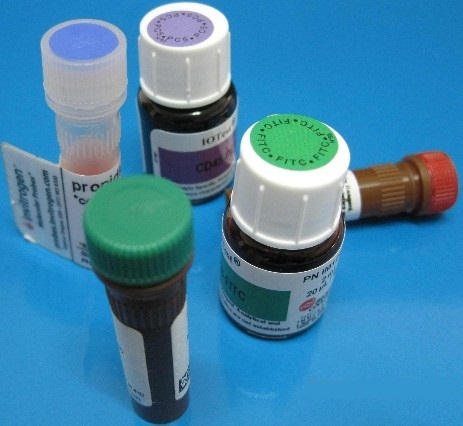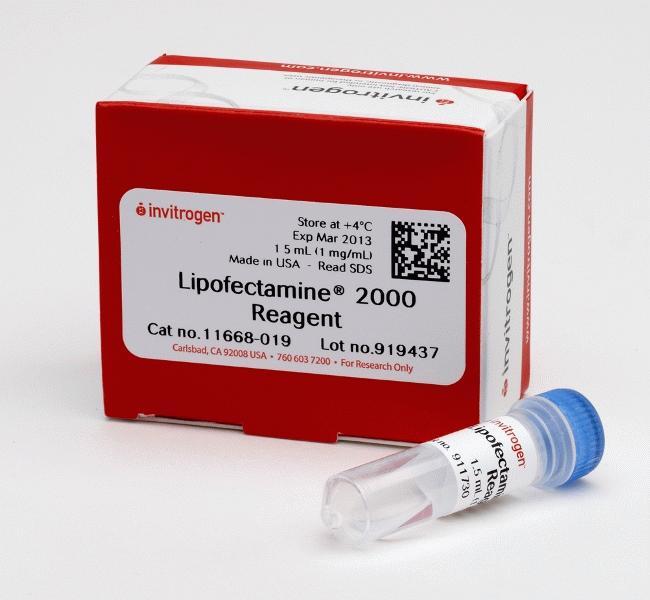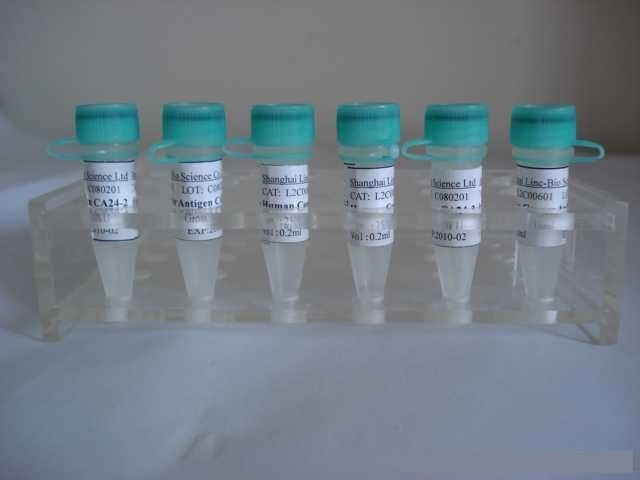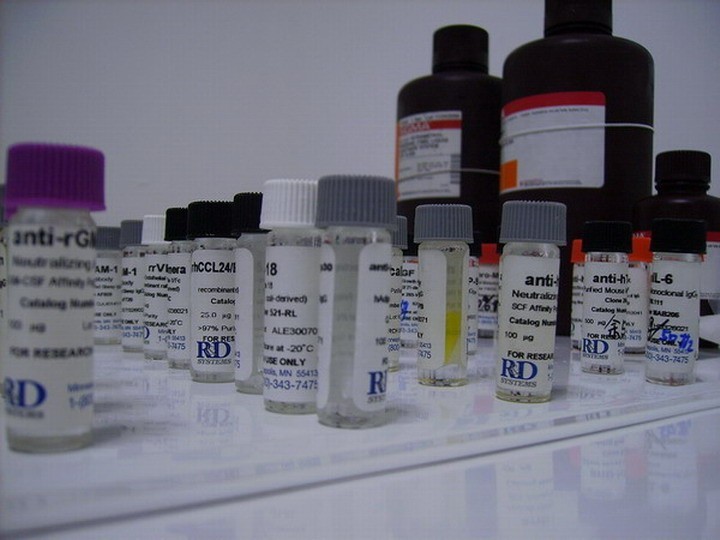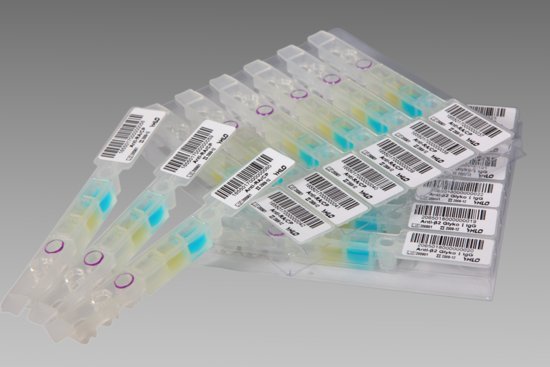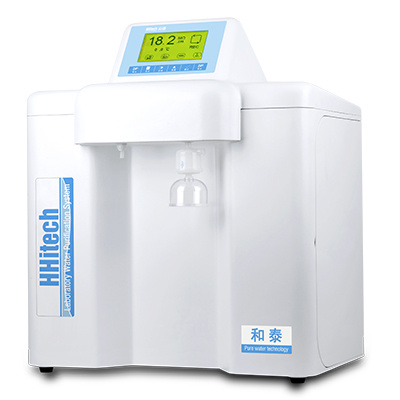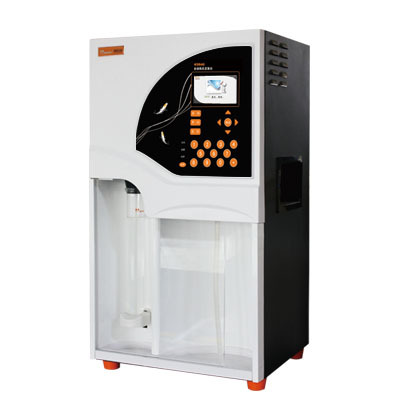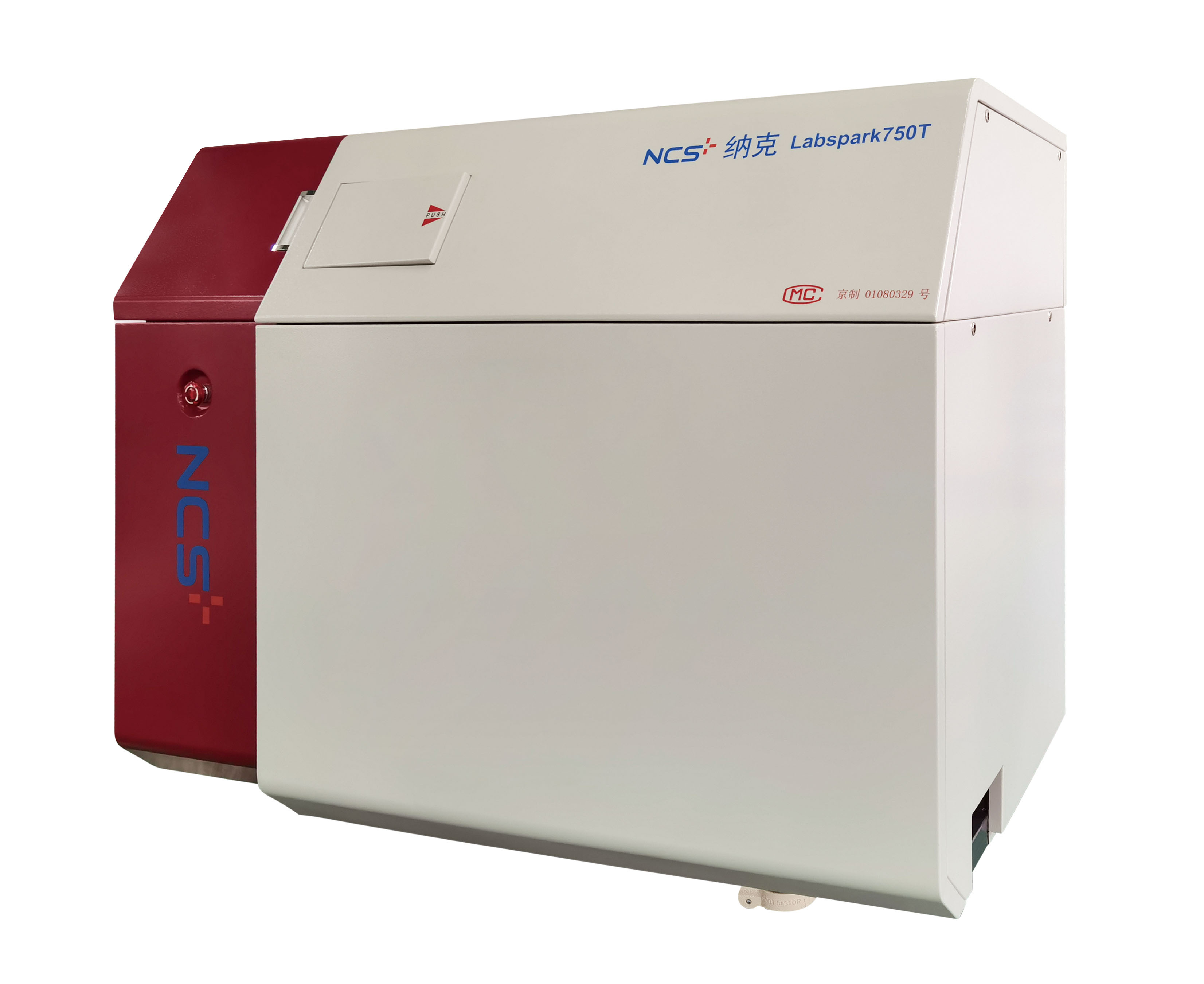浓 度 1mg/1ml
规 格 0.2ml/200μg
抗体来源 Rabbit
克隆类型 polyclonal
交叉反应 Human, Mouse, Rat, Chicken, Dog, Pig, Cow, Rabbit, Sheep
产品类型 一抗
研究领域 细胞生物 表观遗传学
蛋白分子量 predicted molecular weight: 63kDa
性 状 Lyophilized or Liquid
免 疫 原 KLH conjugated synthetic peptide derived from human DNA Polymerase lambda
亚 型 IgG
纯化方法 affinity purified by Protein A
储 存 液 Preservative: 15mM Sodium Azide, Constituents: 1% BSA, 0.01M PBS, pH 7.4
产品应用 WB=1:100-500 ELISA=1:500-1000 IHC-P=1:100-500 IHC-F=1:100-500 ICC=1:100-500 IF=1:100-500
(石蜡切片需做抗原修复)
not yet tested in other applications.
optimal dilutions/concentrations should be determined by the end user.
保存条件 Store at -20 癈 for one year. Avoid repeated freeze/thaw cycles. The lyophilized antibody is stable at room temperature for at least one month and for greater than a year when kept at -20癈. When reconstituted in sterile pH 7.4 0.01M PBS or diluent of antibody the antibody is stable for at least two weeks at 2-4 癈.
Important Note This product as supplied is intended for research use only, not for use in human, therapeutic or diagnostic applications.
DNA聚合酶λ/DNA pol λ抗体产品介绍 DNA polymerase lambda (pol lambda), also designated DNA polymerase lambda or Pol Beta2, is a low-fidelity polymerase which plays a role in both spontaneous and DNA damage-induced mutagenesis. Encoded by the POLL gene, pol lambda is a member of the DNA polymerase type-X family. Pol lambda extends primer-terminal mispairs opposite nondamaged DNA templates, suggesting that it may assist in extending mismatched base pairs during normal DNA replication. In addition, pol ?may play a role in the mutagenic bypass of T-T dimers. Proliferating cell nuclear antigen (PCNA), a protein essential to DNA replication, interacts with pol lambda and thus influences the ability of pol ?to synthesize DNA.
Function : Repair polymerase. Involved in base excision repair (BER) responsible for repair of lesions that give rise to abasic (AP) sites in DNA. Has both DNA polymerase and terminal transferase activities. Has a 5'-deoxyribose-5-phosphate lyase (dRP lyase) activity.
Subunit : Binds PCNA.
Subcellular Location : Nucleus.
Tissue Specificity : Expressed in a number of tissues. Abundant in testis.
Post-translational modifications : Phosphorylated upon DNA damage, probably by ATM or ATR.
Similarity : Belongs to the DNA polymerase type-X family.
Contains 1 BRCT domain.
Database links : UniProtKB/Swiss-Prot: Q9UGP5.1
![]()




